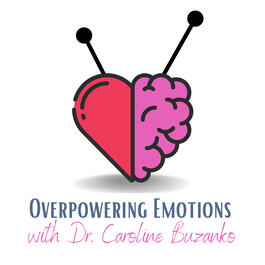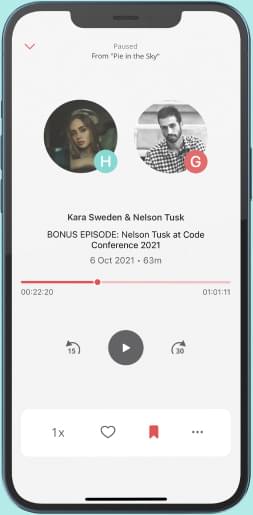
208. How can we help kids understand their own emotional map?
Decoding Emotions: Helping Kids Understand What They Feel—and Why Emotions aren't problems. They're messages. And when we teach kids how to read them, we give them a powerful tool for self-regulation, resilience, and connection. In this episode, Dr. Caroline breaks down the difference between emotions and feelings, explore how the body and brain work together during intense emotional moments, and show you how to use tools like emotion mapping, quadrant models, and weather metaphors to build emotional awareness in kids and teens. You’ll learn:Why emotions are adaptive survival tools, not just meltdowns or moodsHow to help kids identify the root needs underneath big behavioursA breakdown of how to map emotional experiences with kidsWhy a child’s “defiance” may actually be a nervous system response Plus, she introduces the four emotional quadrants (based on arousal and valence) and how to use this approach to tailor regulation strategies to what kids actually need—whether they’re storming, stuck, or shutting down. Be sure to get the emotional literacy workbook to get started! https://korulearninginstitute.kit.com/emotionaliteracy Homework Ideas: 1. Emotion Mapping Have the child or teen walk through a recent emotional situation using the 6-part mapping model:Situation (e.g., “Struggling to finish a homework assignment”)Thoughts (e.g., “I’m so stupid,” “This is too hard”)Feelings (e.g., Frustrated, Anxious, Overwhelmed)Body Sensations (e.g., Tight chest, Shaky hands)Impulses (e.g., Slam the book, Avoid the task)Behaviours (e.g., Procrastinated, Gave up) Optional: Have them draw it out as a connected mind map to visualize the emotion cycle. Use arrows to show how one piece influenced another. 2. Use Quadrant Mapping Introduce the Emotion Quadrants based on:High vs. Low Energy (Arousal)Pleasant vs. Unpleasant (Valence) Ask: “Where do you think you are in this chart right now?” Then match strategies to what they need:🌪 High energy, unpleasant = Movement or somatic tools🌧 Low energy, unpleasant = Connection or activation strategies 3. Weather Mapping Feelings Ask: “If your emotions were weather right now, what would they be?” Then map feelings onto different weather types:☀️ Sun = Joy, Calm🌧 Rain = Sadness, Grief🌪 Storm = Anger, Fear💨 Wind = Curiosity, Nervousness🌫 Fog = Confusion, Overwhelm Helps externalize emotions and destigmatize them as natural, necessary, and manageable. 4. Emotional Awareness Reflection Prompts Write or talk about:“What did you feel in your body?”“What thoughts were going through your mind?”“What did you want to do—and what did you actually do?”“What emotion do you think was underneath it all?”“What did you need in that moment?” Helps increase emotional granularity, which improves regulation. Enjoying the show? Help out by rating this podcast on Apple to help others get access to this information too! apple.co/3ysFijh Follow Dr. Caroline YouTube: https://www.youtube.com/@dr.carolinebuzanko IG: https://www.instagram.com/dr.carolinebuzanko/ LinkedIn: https://ca.linkedin.com/in/dr-caroline-buzanko Facebook: https://www.facebook.com/DrCarolineBuzanko/ X: https://x.com/drcarolinebuz Website: https://drcarolinebuzanko.com/ Resources: https://drcarolinebuzanko.com/#resources Business inquiries: https://korupsychology.ca/contact-us/ Want to learn more about helping kids strengthen their emotion regulation skills and problem-solving brains while boosting their confidence, independence, and resilience? Check out my many training opportunities! https://drcarolinebuzanko.com/upcoming-events/
From "Overpowering Emotions Podcast: Helping Children and Teens Manage Big Feels"


Comments
Add comment Feedback